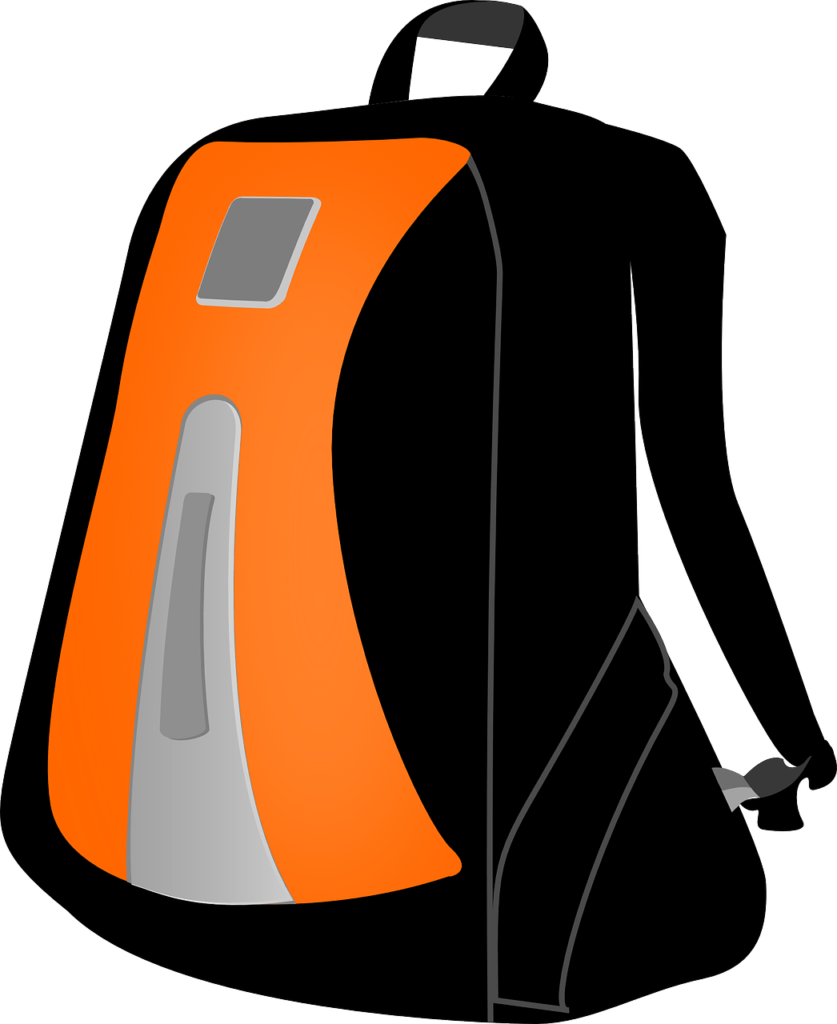Have you ever wondered about the perfect travel backpack size to accompany you on your next adventure? Whether you’re a seasoned traveler or planning your first trip, selecting the right backpack size is crucial for a hassle-free journey. Let’s unravel the mystery of what the maximum size for a travel backpack should be, while considering the balance between packing capacity and comfort.
Understanding Airline Carry-On Limits
A significant consideration when choosing the maximum size for a travel backpack is airline regulations. Each airline has its own specific dimensions for carry-on luggage, which usually includes backpacks. Understanding these rules can help you avoid extra baggage fees and ensure your backpack fits comfortably in the overhead compartment.
Standard Carry-On Dimensions
Most airlines typically allow carry-on backpacks with dimensions of about 22 x 14 x 9 inches (56 x 36 x 23 cm). This size is generally accepted across many carriers, but it’s always wise to double-check your specific airline’s guidelines.
| Airline | Maximum Carry-On Size (inches) | Maximum Carry-On Size (cm) |
|---|---|---|
| Airline A | 22 x 14 x 9 | 56 x 36 x 23 |
| Airline B | 21 x 15 x 9 | 53 x 38 x 23 |
| Airline C | 22 x 13 x 10 | 56 x 33 x 25 |
These dimensions include not only the backpack’s main body but also any attached components like wheels or handles. Your goal is to ensure your packed backpack remains compact and easy to stow away.
Weight Considerations
Weight limits can vary significantly, often ranging between 15 to 22 pounds (7 to 10 kg) for carry-on items. It’s crucial to weigh your backpack before heading to the airport to avoid surprises at check-in. Keeping your backpack lightweight not only helps you comply with regulations but also makes it easier to carry during your travels.
Types of Backpacks: Finding the Right Fit
Choosing a backpack isn’t just about size; you must also consider the type that suits your travel style. Different backpacks cater to diverse needs, so you’ll want to select one that offers the right balance of functionality and comfort.
Travel Backpacks
These are specifically designed for travel, offering features like multiple compartments, padded straps, and adjustable harnesses. Travel backpacks often come in sizes ranging from 40 to 60 liters, balancing space for essentials and ease of carrying.
Hiking and Trekking Backpacks
For those planning an outdoor adventure, hiking backpacks are ideal. They tend to be larger, offering capacities of 50 to 70 liters or more. These backpacks are equipped for longer journeys, providing space for gear, clothing, and food supplies.
Daypacks
If you prefer light travel or need a secondary bag for daily excursions, daypacks are your go-to choice. Typically ranging from 15 to 30 liters, they are compact, convenient, and perfect for short trips or additional storage when paired with a larger backpack.

Key Features to Consider
Apart from size, several other features will influence your backpack choice, contributing to both comfort and utility during your travels.
Material and Durability
A travel backpack needs to withstand the rigors of transit. Opt for materials such as nylon or polyester, which offer durability and resistance to wear and tear. A water-resistant or waterproof layer can add further protection against unexpected weather conditions.
Ergonomic Design
The design of the backpack can greatly influence comfort. Look for padded shoulder straps, a supportive hip belt, and a vented back panel to reduce strain during prolonged wear. An adjustable torso length can also enhance fit and ergonomic support.
Additional Compartments and Accessibility
A good travel backpack will offer organizational features like multiple compartments, exterior pockets, and easy access panels. These help in efficiently distributing weight and allow you to quickly retrieve items without having to unpack the entire contents.
Practical Packing Tips
Once you’ve identified the ideal backpack size and style, you can make the most of it with effective packing strategies that maximize the space available.
Roll, Don’t Fold
Rolling your clothes instead of folding them not only saves space but also minimizes wrinkles. You’ll be amazed at how much more you can fit by using this technique.
Use Packing Cubes or Compression Bags
For those keen on organization, packing cubes or compression bags are invaluable. They help divide your items into categories and compress bulkier items, optimizing space usage.
Prioritize Essentials
Identify the absolute essentials you’ll need on your trip and pack those first. By prioritizing items, you ensure that you have room for crucial belongings before filling up the remaining space with optional extras.

Planning for Different Trip Durations
The length and destination of your trip will also dictate the appropriate backpack size, so let’s explore considerations for various travel lengths.
Weekend Getaways
For short trips, a backpack in the range of 30 to 40 liters will typically suffice. Aim to pack lightly, focusing on multipurpose items and keeping your gear streamlined.
One to Two Week Adventures
Trips lasting one to two weeks often necessitate a larger backpack, perhaps between 50 and 60 liters. At this size, ensure your backpack remains manageable and avoid overpacking by concentrating on versatility and washing clothes as needed.
Extended Travel
For trips exceeding two weeks or involving multiple destinations and climates, a 70-liter or larger backpack might be required. However, always watch the weight to avoid discomfort, and choose a backpack with superior support and weight distribution features.
Environmental Considerations
In today’s world, eco-friendly travel practices are more significant than ever. When choosing a backpack, consider sustainability as part of your decision-making.
Eco-Friendly Materials
Some brands offer backpacks made from recycled materials or sustainably sourced fabrics. Choosing these options supports environmental preservation and reduces waste.
Longevity and Repairability
Opt for a backpack that promises durability and the ability to repair minor damages. A backpack built to last can be used repeatedly, reducing the need for replacement and minimizing environmental impact.

Balancing Size and Comfort
Ultimately, the best backpack for traveling finds harmony between being spacious enough to hold your gear and intuitively designed to carry with ease.
Personalized Fit
Each body is unique, so seek a backpack that allows you to adjust fit settings tailored to your frame. This helps you carry your belongings without unnecessary strain.
Test Runs
Before committing to a backpack, consider taking it for a test run. Load it with typical travel items and wear it for an extended period to assess its comfort and practicality.
Conclusion
Choosing the maximum size for a travel backpack is a thoughtful balance between understanding airline regulations, accommodating your travel needs, and ensuring comfort. Be mindful of carrying limits, explore what fits your personal style and duration of travel, and prioritize features that offer support and durability. Remember that a well-chosen backpack can make all the difference in achieving a smooth and pleasant travel experience. Your perfect travel bag is out there, waiting to join you on your next adventure!
